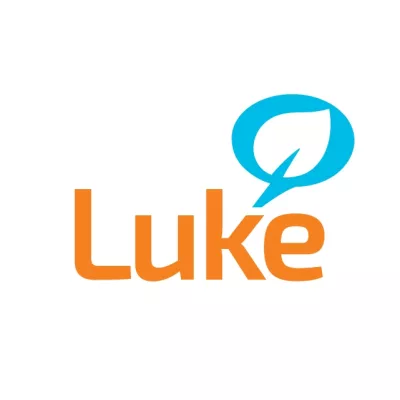General information
RDP Priority
- P1. Knowledge transfer and innovation
RDP Focus Area
- 1A: Innovation & cooperation
RDP Measure
- M16: Cooperation
Beneficiary type
- Research institution
Summary
This pilot project sought to develop solutions to ensure future farm competitiveness considering frequent extreme weather events. It sought to enable more resilient grass-based livestock production and increase production resource efficiency. Results were translated into practice through multi-channel interaction and communication between project partners and farmers.
Results
- 42 companies were involved in the project.
- Farmers in different regions of Finland have implemented a new silage harvesting resilience strategy on their farms.
- The project developed new resilience tools for measuring grass yields and estimating silage production costs.

Promoter
Natural Resources Institute Finland
Funding
Total budget: 660 780 (EUR)
EAFRD: 222 022 (EUR)
National/Regional: 306 602 (EUR)
Private/own: 132 156 (EUR)
Resources
Documents
Good Practice Report - Ensuring resilient grass production for livestock farming
(PDF – 1.09 MB)
Context
Grass production for silage is the backbone of milk production in Finland and many other countries. New, practical Finnish solutions were needed to improve resource efficiency and increase the resilience of grass production. However, for these solutions to respond to the sector's on-the-ground reality, a gap in research data needed to be addressed.
Objectives
The objectives of this project were to:
- Increase the security of Finnish livestock production in the face of increasing risk from extreme weather events.
- Develop solutions for grass silage production that meet the feeding requirements of dairy cattle.
- Develop tools for planning grassland production at field parcel level and targeting inputs to increase resource efficiency.
- Develop and adapt research on project themes at pilot farms in collaboration with research, education and farming partners.
Activities
Project activities included:
- Gathering grass production data and researching the following topics: grass species and varieties as a source of crop security, extreme weather events (drought and wetness), effects on grass forage quality, nitrogen response functions – cattle slurry and mineral nitrogen fertilisation, and grass yield mapping.
- Conducting dairy cow feeding trials on the following topics: shortened first regrowth interval of grass silage as a harvesting strategy to improve nutrient supply for dairy cows, how to manage dairy cattle indoor feeding period with insufficient grass silage stocks, and improving early lactation energy balance of dairy cows using a high-quality primary growth grass silage.
- Developing and testing farm models for silage production.
- Putting the new knowledge produced by the project into practice through discussion group activities, a pilot farm network and a multi-channel communications campaign. The target groups were dairy and beef farmers as well as professional advisors, educational institutions, companies and policymakers.
In total, there were six discussion groups which came together up to four times a year, and seven dairy farms participating in the project’s piloting activities. The project findings were shared in conference proceedings, professional journal articles, blog posts, etc.
Main results
- 42 companies were involved in the project.
- The events organised by the project attracted a total of 1 040 participants.
- Farmers in different regions of Finland have implemented shortened first regrowth intervals on their farms, which is a new silage harvesting resilience strategy.
- The project developed a new agrifood resilience tool for measuring grass yields.
- It also developed a new agrifood resilience tool for estimating silage production costs.
Key lessons
- Close cooperation between research, advisory services, educational institutions and farmers facilitates knowledge exchange and dissemination.
- To ensure successful data transfer, communication and implementation of results, it is necessary to provide enough time.
- It has been gratifying to see that 'Pikkukakkonen', one of the silage harvesting resilience strategies developed by the project, has now become widely adopted.
I have benefited from the project. In particular, the field days, where the researchers also talk about the results, give you the latest information on the experiments and all the practical tips.
